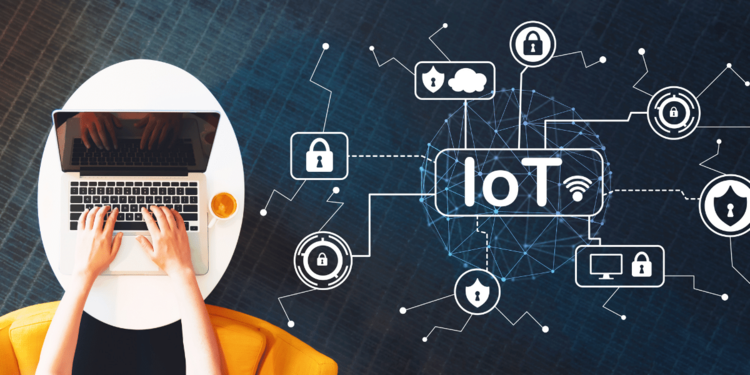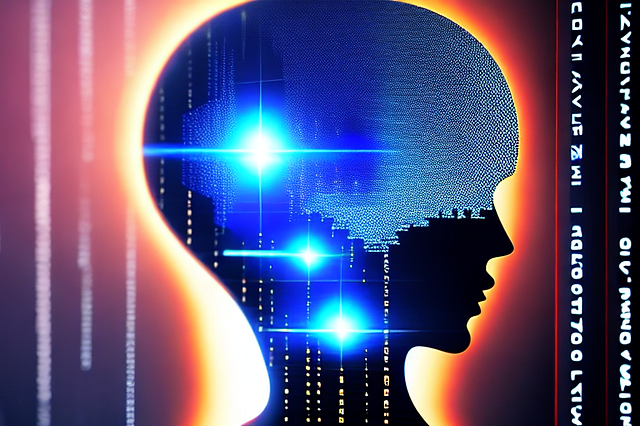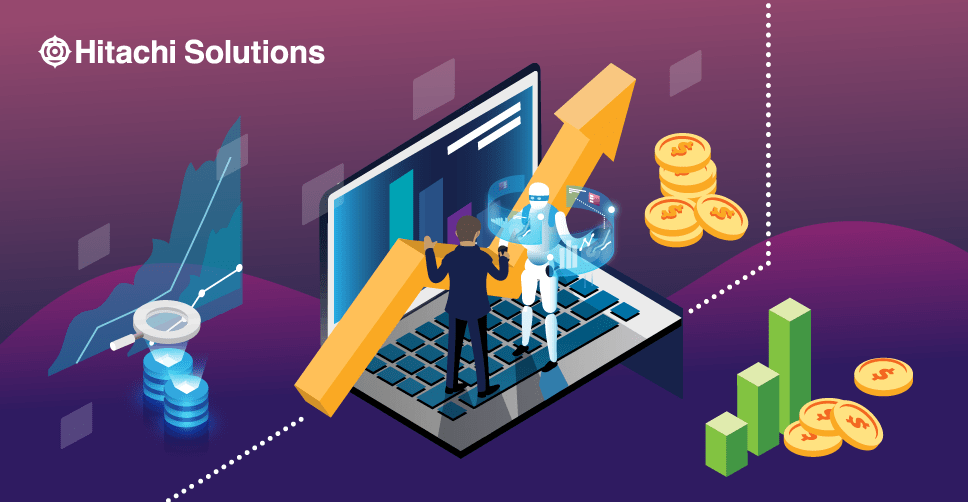Internet of Things, commonly known as IoT, is a technology that has rapidly gained popularity in recent years. IoT refers to the interconnection of physical devices, vehicles, buildings, and other objects embedded with electronics, sensors, and software. These devices are connected to the internet, enabling them to collect and exchange data, making them more intelligent and efficient. In this article, we will explore IoT in detail, including its definition, advantages, and key features.

Definition of IoT: IoT is a network of physical objects embedded with sensors, software, and electronics that enables the exchange of data between these objects and the internet. IoT devices can range from simple devices like sensors to complex devices like smart appliances, vehicles, and even entire buildings.
Advantages of IoT: IoT has several advantages over traditional systems, including:
- Increased Efficiency: IoT devices can communicate with each other, enabling them to work together and increase efficiency.
- Cost Savings: IoT devices can automate tasks and reduce the need for human intervention, which can lead to cost savings.
- Improved Decision-Making: IoT devices can collect and analyze data, enabling businesses to make informed decisions based on real-time information.
- Enhanced User Experience: IoT devices can personalize the user experience and provide real-time feedback to users.
Key Features of IoT: IoT devices have several key features that make them unique, including:
- Connectivity: IoT devices are connected to the internet, enabling them to exchange data and communicate with each other.
- Sensors: IoT devices are equipped with sensors that enable them to collect data on their surroundings.
- Data Analytics: IoT devices can collect and analyze data in real-time, enabling businesses to make informed decisions.
- Automation: IoT devices can automate tasks, reducing the need for human intervention.
Challenges of IoT: While IoT has many benefits, it also has some challenges that businesses should be aware of, including:
- Security: Since IoT devices are connected to the internet, they are vulnerable to cyber threats, and businesses must take appropriate measures to protect their data.
- Interoperability: IoT devices from different manufacturers may not be compatible with each other, making it difficult to create an integrated system.
- Data Privacy: IoT devices collect vast amounts of data, which can raise concerns about privacy and data protection.
Conclusion: IoT is a powerful technology that enables physical devices to become more intelligent and efficient. IoT devices are equipped with sensors, software, and electronics that enable them to collect and exchange data, increasing efficiency, reducing costs, and improving the user experience. However, businesses must be aware of the challenges associated with IoT, including security, interoperability, and data privacy. Overall, IoT is a technology that can help businesses stay competitive in today’s digital age.

